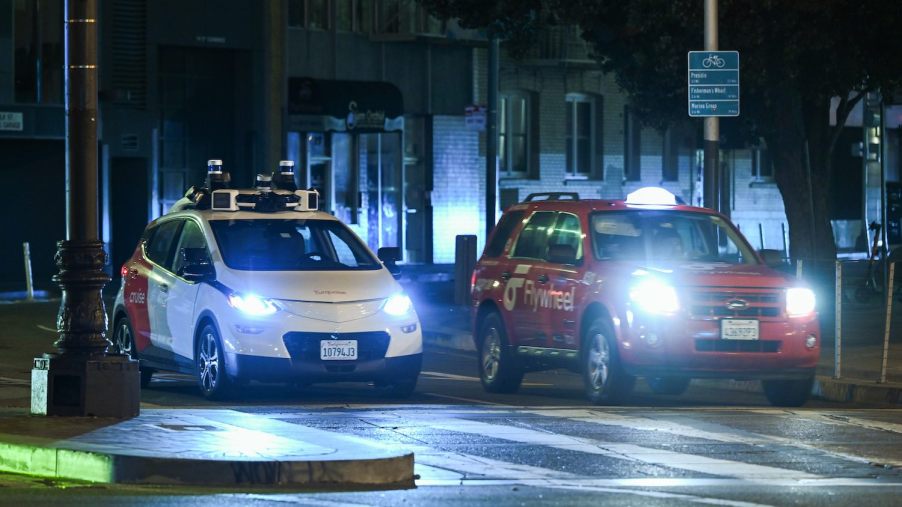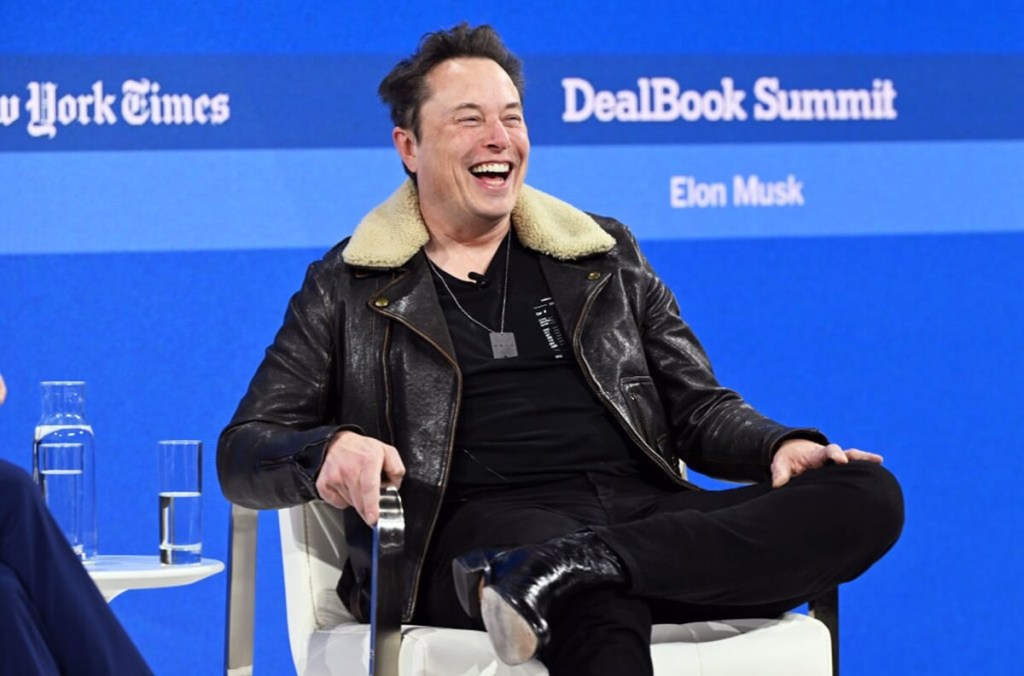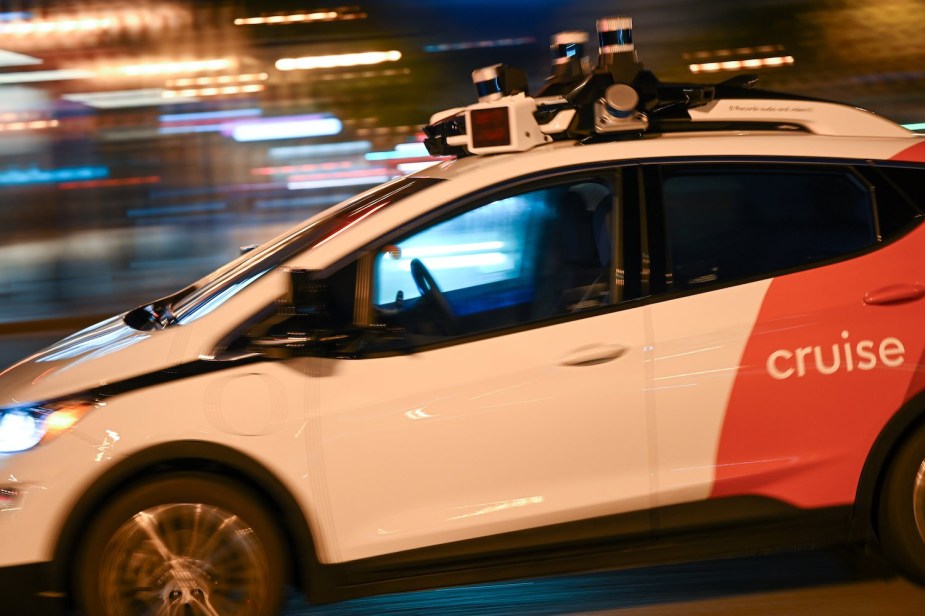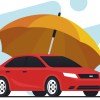
Automakers, Stop Screwing Around with Autopilot and Get EVs Right
It has been a bad month for self-driving vehicles. A Tesla whistleblower unearthed thousands of buried customer complaints warning that the “Autopilot” system in use on public roads is far from safe. Then a General Motors’ owned “Cruise Robotaxi” struck a pedestrian in San Francisco and dragged them for 20 feet. After resignations and budget cuts, it emerged that GM has sunk $8 billion into this project, money that could have gone a long way to making its vehicle fleet less dependent on fossil fuels.
Here’s the rub: I agree that the twin revolutions of electrification and automation are on their way to shake up the automobile industry. And the second will revolutionize the economy and day-to-day life. But the first is critical to the health of our planet. So why don’t we take them on one at a time? Doing so will save lives.

Let’s start with that Tesla story. I’ve reported that Tesla has systems for suppressing owner complaints it doesn’t like. It is facing a DOJ Subpoena after ignoring thousands of drivers’ concerns about misleading–and dangerous–range numbers.
Its “Autopilot” and “Full Self Driving” mode are some of the most advanced driver aid systems around. And maybe they’re too advanced. Tesla cars on autopilot killed multiple first responders stopped on the side of the highway. The automaker has faces multiple lawsuits and demands for recalls.
Perhaps we shouldn’t have been shocked when former Tesla employee Lukasz Krupski revealed that thousands of vehicle owners had warned the company “Autopilot” is unsafe. The complaints included problems with both the software and the hardware. Why did Krupski blow the whistle?
“It affects all of us because we are essentially experiments in public roads. So even if you don’t have a Tesla, your children still walk in the footpath.”
Krupski to the BBC
In August, California decided to allow fully automated “robotaxis” on public roads. One of the first companies to jump into the new industry was Cruise, which is owned by GM. On October 2nd, a fully autonomous Cruise taxi struck a woman in downtown San Francisco. She not only got stuck beneath the car, but it continued driving, dragging her, for 20 feet. She miraculously survived, but Cruise probably will not.
To make matters worse, California claims that Cruise lied about the details surround the accident (Reuters). The first court date is scheduled for February sixth, so we’ll have to wait up and see.

In the meantime, the leadership of the startup has resigned, and GM swept in to save the day. We’ve seen the automaker use other fully owned companies–such as Lordstown Motors–to distance itself from its more experimental projects. But make no mistake, GM has owned Cruise since 2016. And in the wake of the accident it emerged that GM has sunk $8 billion into this one branch of its autonomous vehicle program.
There are thousands of folks in San Francisco so desperate for taxi driver jobs that they’ll Uber for less than minimum wage. Driving (ranging from long-haul trucking to delivery routes), is the most popular job in the U.S. Do we really want to kill this career? The Cruise taxi doesn’t address a problem that desperately needs solving.
To be blunt: we have self-driving commuter vehicles. They are called trains. When a rich person’s Cadillac can chauffeur them, we have killed any chance of having European-quality public transit in America.
I understand that self-driving vehicles could be a net benefit for society. But they are far from our most pressing transportation concern.
What is pressing? Reducing our dependents on foreign oil, and fossil fuels altogether. First, we need a robust public charging network. With DC fast chargers lining the highway, an efficient EV with 800-volt charging could roadtrip indefinitely–range anxiety be damned! Then, we need to invent a sustainable technology capable of long-haul trucking and even air travel. (A better battery chemistry? Hydrogen fuel cells? I’ll leave that to the engineers).
We have our work cut out for us. Until we’ve accomplished the above, self-driving vehicles are just a marketing gimmick. And it’s becoming clear that if we rush them to market, this gimmick will kill people. So GM and other automakers: take these twin revolutions one at a time.



